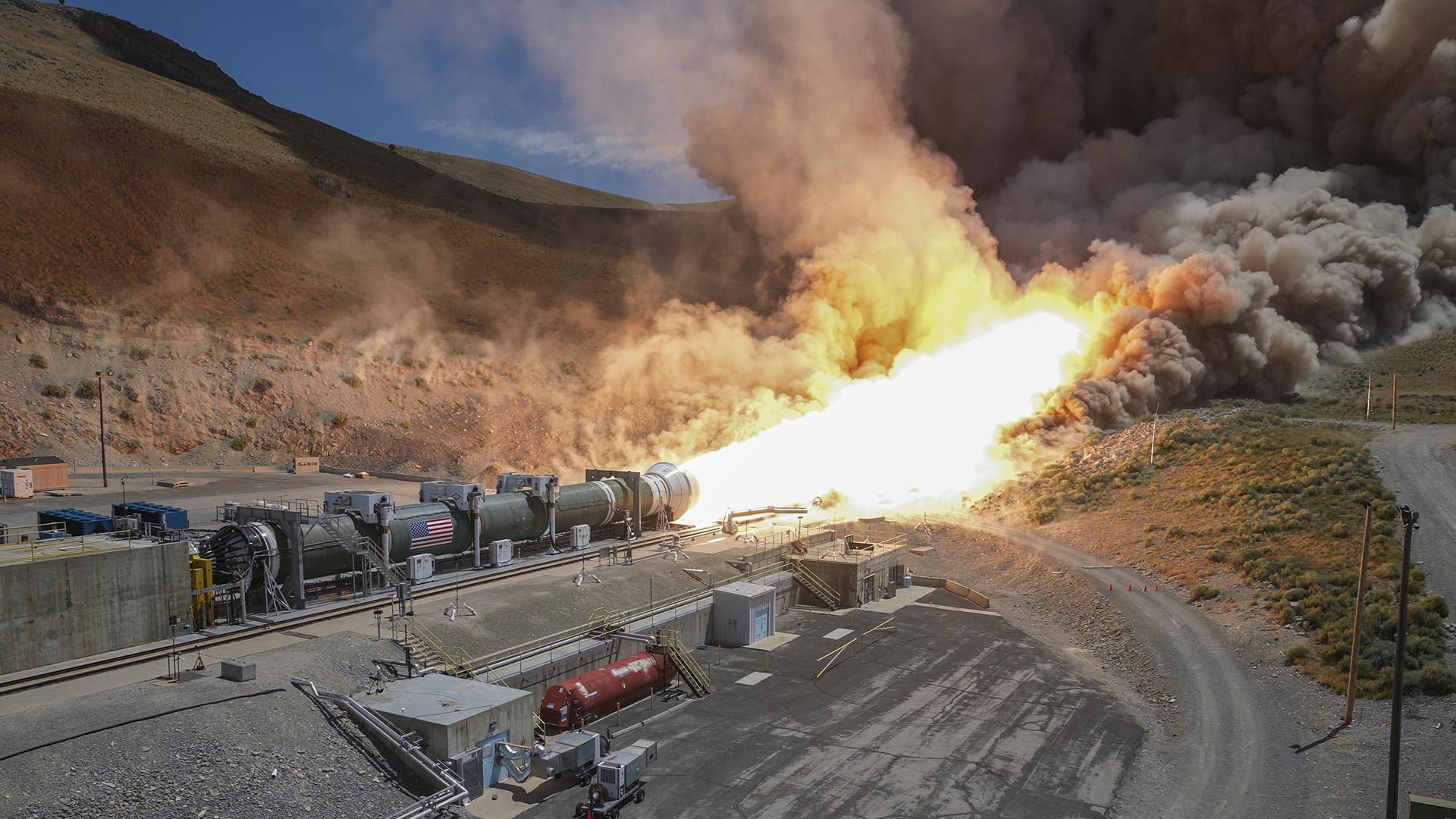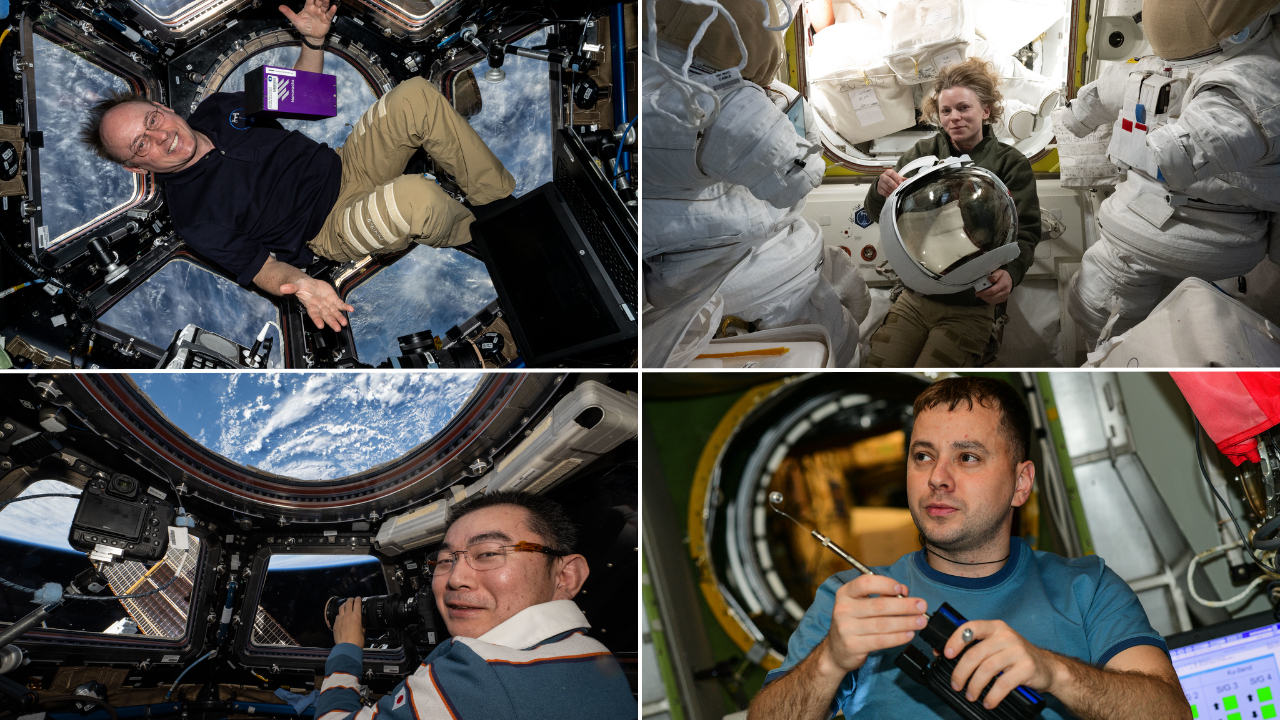NASA SLS rocket booster spews fire | Space photo of the day for July 11, 2025
The test encountered an anomaly.

Northrop Grumman and NASA conducted a dramatic static-fire test of a booster for an SLS (Space Launch System) rocket last week. According to NASA, the five-segment booster rocket fired for more than two minutes, producing 3.9 million pounds (1.76 million kg) of thrust in the process.
What is it?
Sitting at 177 feet (54 meters) long with a 12 foot (3.6 meter) diameter, NASA's SLS rocket booster is designed to be the largest segmented solid propellant booster built for flight. The power for this booster comes from an added fifth segment, allowing the booster to launch heavier spacecraft. NASA plans to use the SLS rocket, including two boosters, for its Artemis program.
The recent test was a result of the Booster Obsolescence Life Extension (BOLE) project, which looked at optimizing booster design for lower-cost and more efficient options. This test was the first full-scale ground test of the five-segment booster, known as Demonstration Motor-1 (DM-1).
Where is it?
This firing was done at at Northrop Grumman's test facility in Promontory, Utah, where the booster was also manufactured.
Why is it amazing?
While the booster performed impressively under extreme conditions, an unexpected anomaly caught engineers' attention: around 15 seconds before shutdown, the nozzle appeared to detach and release debris, accompanied by a bright plume flare.
Despite this hiccup, NASA considered the test successful, achieving several primary objectives and giving insights into further improving the booster before the upcoming Artemis launches.
Want to learn more?
You can read more about about NASA's SLS rocket and the upcoming Artemis launches.
Breaking space news, the latest updates on rocket launches, skywatching events and more!
Kenna Hughes-Castleberry is the Content Manager at Space.com. Formerly, she was the Science Communicator at JILA, a physics research institute. Kenna is also a freelance science journalist. Her beats include quantum technology, AI, animal intelligence, corvids, and cephalopods.
You must confirm your public display name before commenting
Please logout and then login again, you will then be prompted to enter your display name.

